One-third of glaucoma patients face errors in medication orders during care transitions
Approximately one-third of hospitalized patients with glaucoma experience discrepancies in their topical glaucoma medication orders during transitions of care, with omission being the most common type, according to a study. Patients with prior medication discrepancies are at significantly higher risk for errors in future hospitalizations, the study found.
The retrospective study, which analyzed 944 patient encounters involving adults on ≥1 topical glaucoma medication, found that discrepancies in topical glaucoma medication orders occur in approximately 30% of hospital transitions for patients with primary open-angle glaucoma (POAG).
Medication-ordering discrepancies most frequently affected patients on 3 medications (41.2%), compared to those on 1 (29.3%) or 2 (26.8%). Omission was the most common discrepancy type (23.8%), followed by substitution, addition, and errors involving the wrong eye.
Key risk factors included prior medication-ordering discrepancies during hospitalization, which increased the likelihood of discrepancies in future admissions by over 5 times (OR 5.1, 95% CI [3.2-8.4]; P < 0.001). In addition, discrepancies at admission were strongly associated with errors during transfer and discharge.
Reference
Muste J, Ugwuegbu O, Bhatter P, et al. Inpatient topical glaucoma medication-ordering discrepancies: a study of frequency and risk factors for inaccurate reconciliation. Can J Ophthalmol. 2024;S0008-4182(24)00360-0. doi: 10.1016/j.jcjo.2024.11.006. Epub ahead of print. PMID: 39681312.

Contact Info
Grandin Library Building
Six Leigh Street
Clinton, New Jersey 08809


